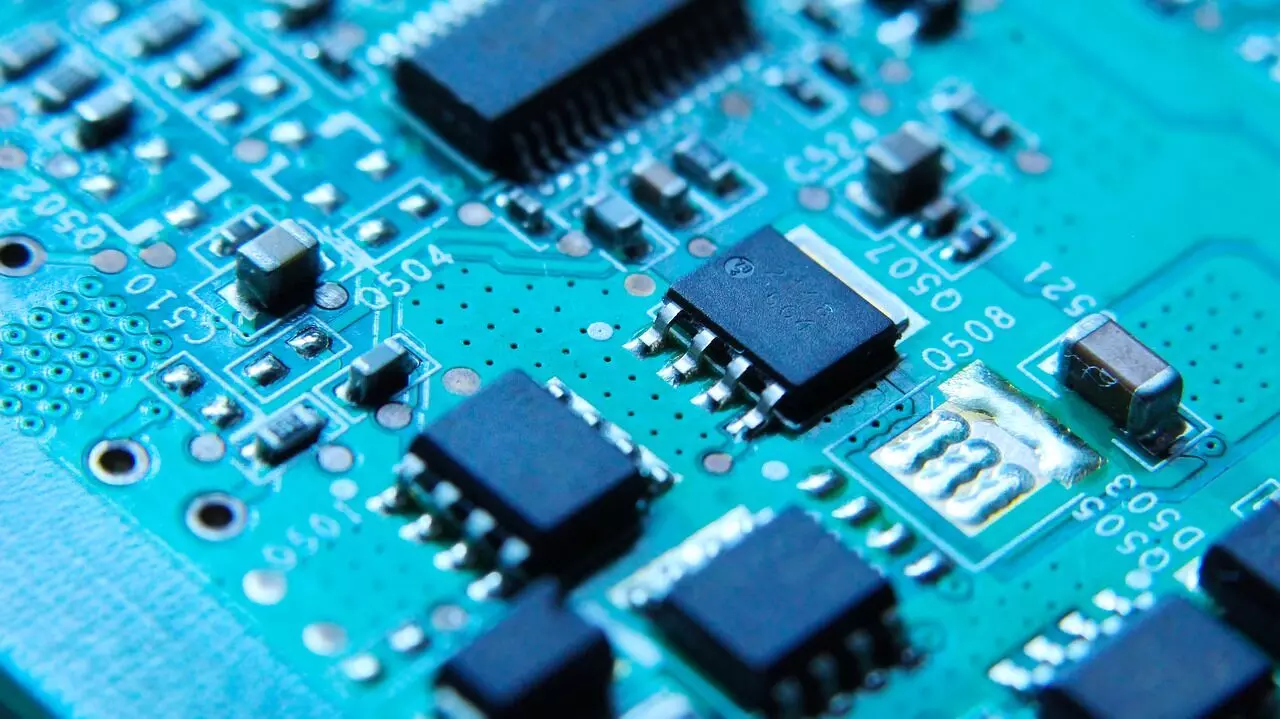Leveraging the AI race
Amid US-China trade tensions, India stands a grand opportunity to emerge as a major contender in the AI hardware sector by reshaping its manufacturing policy

Technological advancements have always been a driving force in shaping global power dynamics, a sentiment aptly conveyed in the book ‘The Second Machine Age’ by Erik Brynjolfsson and Andrew McAfee. The authors argue that we are at the cusp of a technological revolution that is redefining the nature of economics, politics, and society at large. These transformations are inevitably leading to shifts in global power structures, as countries that successfully harness these emerging technologies gain significant strategic and economic advantages. In this context, artificial intelligence, machine learning, blockchain, quantum computing, and other such breakthroughs are becoming the new tools of power and influence. Nations that master these technologies are repositioning themselves in the global hierarchy, thereby validating the central theme of Brynjolfsson and McAfee's work.
This wave of innovation is not just amplifying the influence of dominant players but reshaping entire economies, politics, ideologies, societal norms, and cultures. With the surge in computational power, affordable data storage is expanding like never before, sparking an explosive growth in AI that is nothing short of a revolution, akin to the monumental discovery of electricity.
Indeed, International Data Corporation (IDC) projections underscore this, forecasting USD 77.6 billion investments in AI tech from 2017 to 2022, with a compound annual growth rate of around 37 per cent. As AI reaches mainstream status, names like ChatGPT, Bard, and Binge are gaining universal recognition. Global governments, including India, are banking heavily on AI, endorsing its potential for national growth. The 2023 Indian Union Budget announced the creation of three AI R&D excellence centres, reflecting this commitment. Between 2013-2022, Indian startups secured approximately USD 7.73 billion in AI investments, placing India among the top five nations in AI funding.
Nevertheless, the discourse surrounding AI often glosses over hardware's critical role, focusing heavily on the software side. A more balanced consideration of both elements is needed to truly unlock technology's potential.
Chips for clicks: Hardware for the AI race
To replicate human brain functions, computers require an enormous synapse weight, necessitating AI semiconductors for large-scale processing and heightened efficiency. AI applications hinge on two key stages: training, where the machine learns from data input; and inference, where the model applies learned data to generate actionable results. The enhancement of these stages, often hindered by hardware limitations, is vital for improved AI application efficiency. Consequently, the global chip market is transitioning towards AI-specialised semiconductor chips, promising 18-19 per cent annual growth compared to 3-4 per cent of traditional chips from 2017-2025. Key industries, including defence, space, and telecommunications, are at the forefront of this shift.
The Centre for Data Innovation (CDI) reveals US' significant lead over China in AI aspects, including talent, research, development, data, and particularly hardware. The report's hardware metrics (adjusted per number of workers) underscore the US' supremacy with scores of 7.6 for the US, 1.5 for the EU, and 0.3 for China, out of 10. Thus, for India to become an AI hardware contender, it needs to strategically tailor its manufacturing policies, leveraging the ongoing US-China techno-political rivalry.
Aligning domestic manufacturing policy with the Silicon diplomacy
To seize the moment, the Government of India launched the Semicon India programme in 2021, with an outlay of Rs 76,000 crore (approx. USD 10 billion). The incentive encourages companies to invest in the “semiconductors, display manufacturing, and design ecosystem” to increase India’s global electronics supply chain share. GOI has also developed the Chips 2 Startup initiative that aims to develop the prototype of AI semiconductor chips and train approximately 85,000 engineers in a Very Large Scale Integration and Embedded System Design.
It is recommended that the government expands the semiconductor incentive's ambit to include the fabs for AI inference chips. Similarly, the design component of the incentive should include a design for AI hardware. At this stage, India should primarily focus on large-scale inference chips, because AI training hardware chips require capital, more power crunching & storage, and licensed software, and are primarily dominated by companies like Nvidia. Conversely, inference chips are dominated chiefly by Chinese firms like Xilinx Inc.
Geopolitical shifts present a unique opportunity for India to assert itself in AI hardware manufacturing. Amid US-China trade tensions, US sanctions restrict China's access to advanced semiconductors, disrupting their supply chain and workforce training. Against this backdrop, pending congressional approval, the US-India initiative on Critical and Emerging Technology emerged, envisioning high-performance computing (HPC) technology transfer to India.
Simultaneously, under Quad's umbrella, the proposal for joint fabrication facilities could spread launch costs, enhancing competitiveness. By engaging in proactive diplomacy with countries like Japan, South Korea, and Taiwan, and incentivising low-end fab creation domestically, India can become a hub for semiconductor manufacturing. Concurrently, enhancing R&D collaboration among Quad countries is crucial, given China's dominance in research partnerships with the USA and Japan.
Finally, Quad nations should prioritise and fund open-source, license-free AI computing architectures. The shift from licensed, costly structures like ARM towards open-source RISC-V chips, exemplified by India's digital RISC-V, can decrease costs and heighten competitiveness, particularly for low-end chips, against China.
Aditya Sinha is Additional Private Secretary (Policy & Research), EAC-PM; and Paras Ratna is a PhD candidate at the NUS, Singapore. Views expressed are personal



